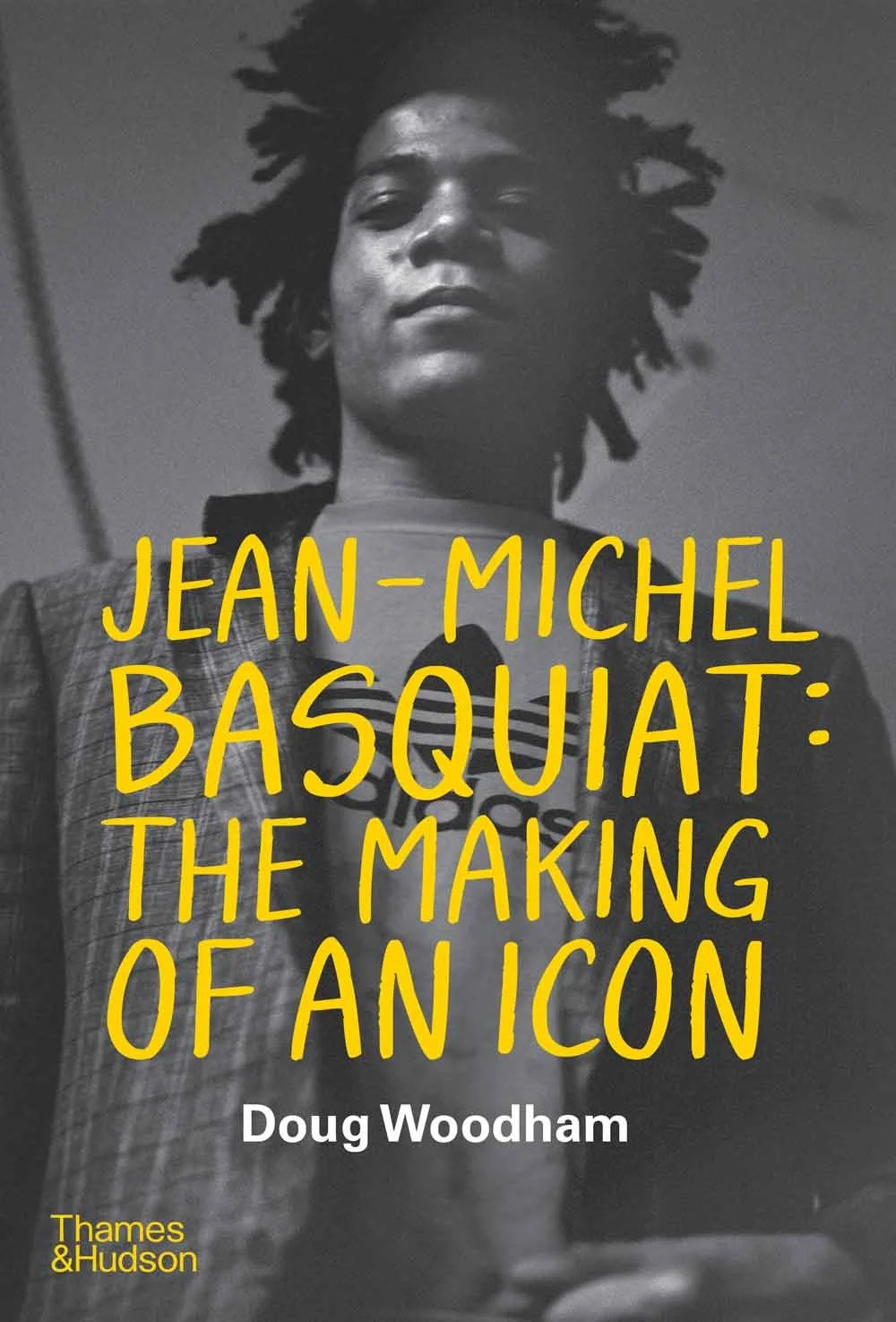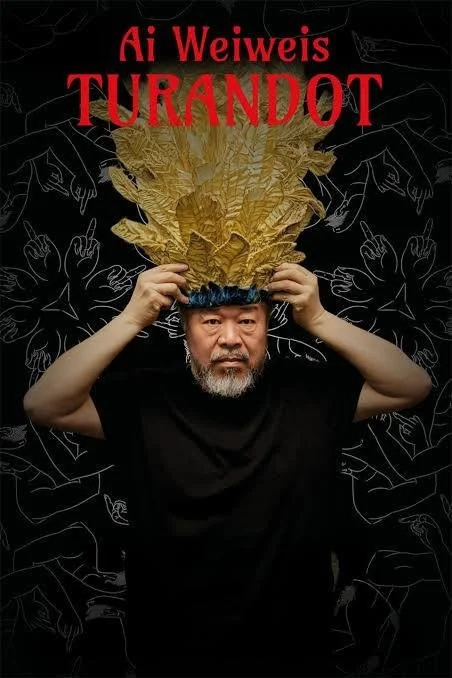Monique Long is an independent curator and writer based in New York City. Prior, she has held curatorial positions at institutions including the Museum of Arts and Design and The Studio Museum in Harlem. Her work focuses on themes related to race, identity, gender, class, and systems of power that are grounded in history, literature, and politics. Long is also a critic who has contributed essays and interviews on fashion and contemporary art to publications widely. Last year, her group exhibition, Elegies: Still Lifes in Contemporary Art, opened at the Museum of the African Diaspora in San Francisco and then traveled to the Telfair Museum in Savannah, Georgia. This year, she will organize Elizabeth Colomba: Mythologies, opening at the Portland Museum of Art in Maine, and a survey of works by the artist Renee Cox at Guild Hall in East Hampton.
When did you first felt a personal connection with art? For you, what is the importance of the arts?
As a child, I would spend a lot of time at the PMA in Philadelphia (where I am from) and wander through the Modern Art galleries. I was particularly drawn to an Orientalist painting in the permanent collection called the Moorish Chief from 1878 by Eduardo Charlemont.
What does your typical day look like? And what do you love about your job? Since I began working independently several years ago, I don’t really have a typical day. That’s what I love about it.
What project are you working on at the moment? How do you move between projects with different formats? I am working on a monograph for the artist David Antonio Cruz and separately an exhibition called All Four Seasons in Equal Measure which is a thematic group show looking at the intersection between contemporary art and nature.
The work of art most important for me is… My passion and interests lie mostly with contemporary Black artists.
Which artist, alive or dead, would you like to meet?
Meta Vaux Warrick Fuller
A great thing about living in New York City is way of life here. You can walk just a few paces in any direction and encounter artistic expression: graffiti, public installation, an institution or museum, libraries, street musicians, and so on. Art is integrated into the environment.
The main characteristic of a good curator is... A curator isn’t just one thing. There are specialists within the industry. Some focus on collecting, others on public programming, education, etc.
What is your favourite epoch? The Harlem Renaissance.
Coming from a background in American Studies rather than traditional art history, how has your interdisciplinary training helped you build bridges between art and other cultural forms?Technically, I am not an art historian. When I decided I wanted to do this kind of work, I knew my approach would be interdisciplinary rather than focus on one discipline. I wanted to be able to contextualize the art that I was interested in with history, literature, popular culture, fashion, etc. so I chose to study American Studies. However, I did train to learn the fundamentals of art historical theory and methods.
How do you approach collaboration with artists to ensure their vision aligns with institutional goals? As an independent curator, I’m often meditating on the two. Communication is key. I check in often with artists to make sure we all understand the same thing. Ultimately, we all want a successful exhibition.
Can you describe a mentor or influential figure and the impact they had on your professional development? What advice would you give to aspiring museum professionals or artists entering the field today? Lowery Stokes Sims is someone I consider a mentor. Early in my career, I received an ArtTable fellowship and I was assigned to her groundbreaking exhibition The Global Africa Project at The Museum of Arts and Design for mentorship. She hired me after the fellowship and my time there was the first real experience I had working directly with contemporary artists. My advice to emerging arts professionals is to seek out mentorship informally or formally. For artists who want to dedicate full time to their practice, learn what it means to run a business.
With the art world grappling with the possibilities and implications of AI, how are you thinking about the role of handmade work and traditional modes of creativity today? The technology changes so quickly, it’s very difficult to answer the first part of this question. I can only say that I am still deeply invested and committed to handmade objects and visual art.




















































































